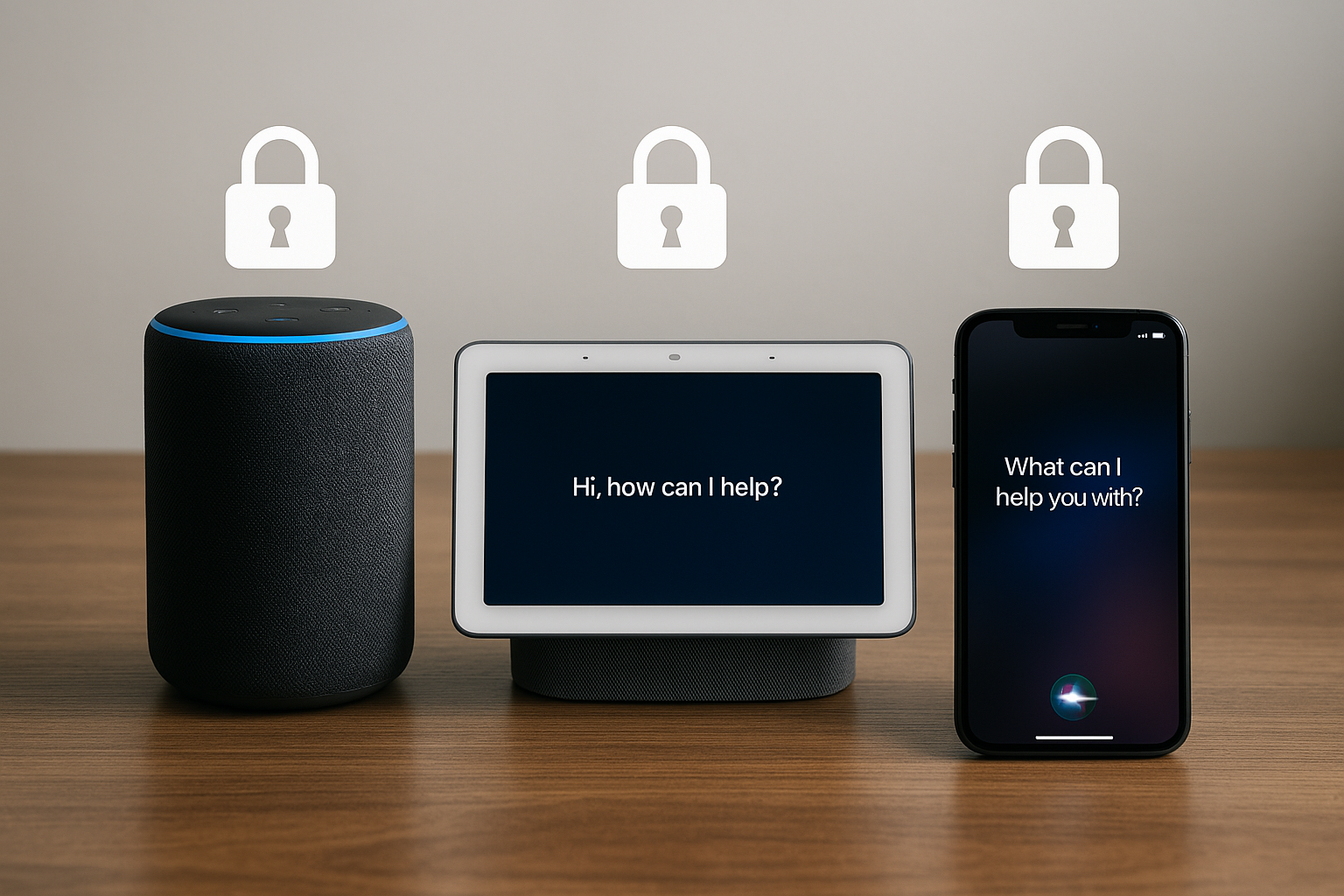Deepfakes and CFO Clones: The Rising Threat of AI-Driven Cybercrime
The Alarming Rise of Deepfake Scams Targeting Executives
Cybercrime is evolving fast. One of the most dangerous trends today involves the use of deepfakes—AI-generated fake videos and voices—to impersonate high-ranking executives like CFOs. These scams often appear as legitimate recruitment or financial operations but are designed to deceive employees, steal data, or initiate fraudulent transfers.
How Deepfake Attacks Are Executed
Criminals are now combining cloned voices, deepfake videos, and social engineering to create highly convincing impersonations of company leaders. In some cases, attackers pose as recruiters to trick job seekers into sharing personal or corporate information. In others, they simulate video calls with CFOs to authorize fraudulent wire transfers.
A recent report revealed a case where an attacker used a deepfake video to impersonate a company executive during a live Zoom meeting, convincing an employee to send funds to a fake account.
Why These Attacks Work
These AI-powered schemes succeed because they target human trust. A video call from a known leader or a seemingly professional recruiter can lower skepticism. Add pressure tactics—such as urgent deadlines or confidential requests—and employees may act without verifying authenticity.
Common AI-Driven Cybercrime Tactics
- Deepfake Zoom Calls – Fake live meetings with cloned executive avatars.
- Voice Cloning – Mimicked speech patterns to approve transfers or give orders.
- Fake Recruiter Profiles – Created on LinkedIn or other platforms to collect sensitive data.
- Synthetic ID Fraud – Combining stolen and fabricated information to create fake identities.
Who’s at Risk?
These scams aren’t just targeting Fortune 500 companies. Startups, SMBs, and even freelancers are potential victims. Anyone involved in financial, HR, or IT operations is a possible target.
How to Protect Your Business
- Verify Video and Voice Requests
Always confirm financial or sensitive requests using a second communication channel (e.g., a phone call or internal system). - Train Your Employees
Regular cybersecurity awareness training should now include deepfake identification and social engineering tactics. - Implement Strict Verification Policies
Multi-factor authentication, limited access rights, and internal protocols can stop fraudulent actions before they happen. - Stay Updated on AI Threats
As deepfake technology becomes more accessible, the threat will continue to grow. Follow trusted cybersecurity sources to stay informed.
Final Thoughts
Cybercriminals are exploiting AI and deepfake technologies to blur the line between real and fake. Businesses must adopt proactive security measures and educate their teams to recognize the signs. In a world where even a video call can’t be trusted, digital vigilance is no longer optional—it’s essential.




Comments are closed